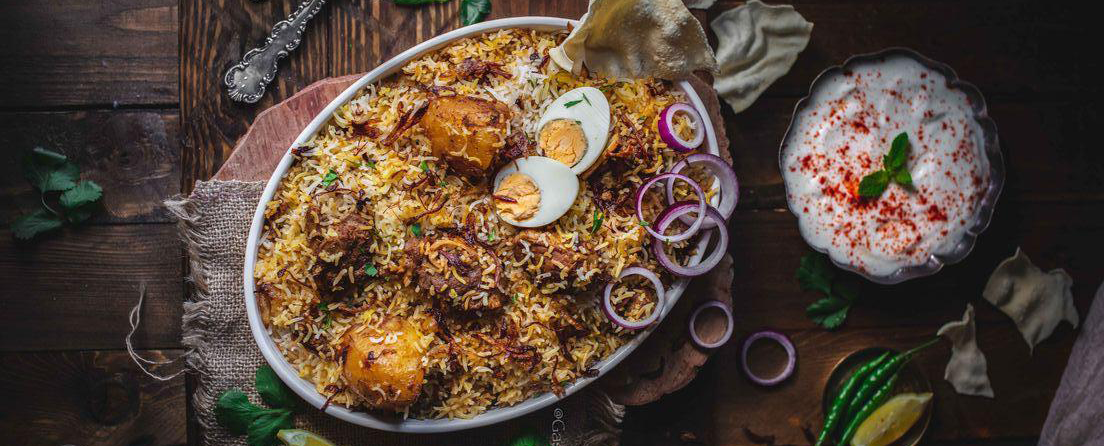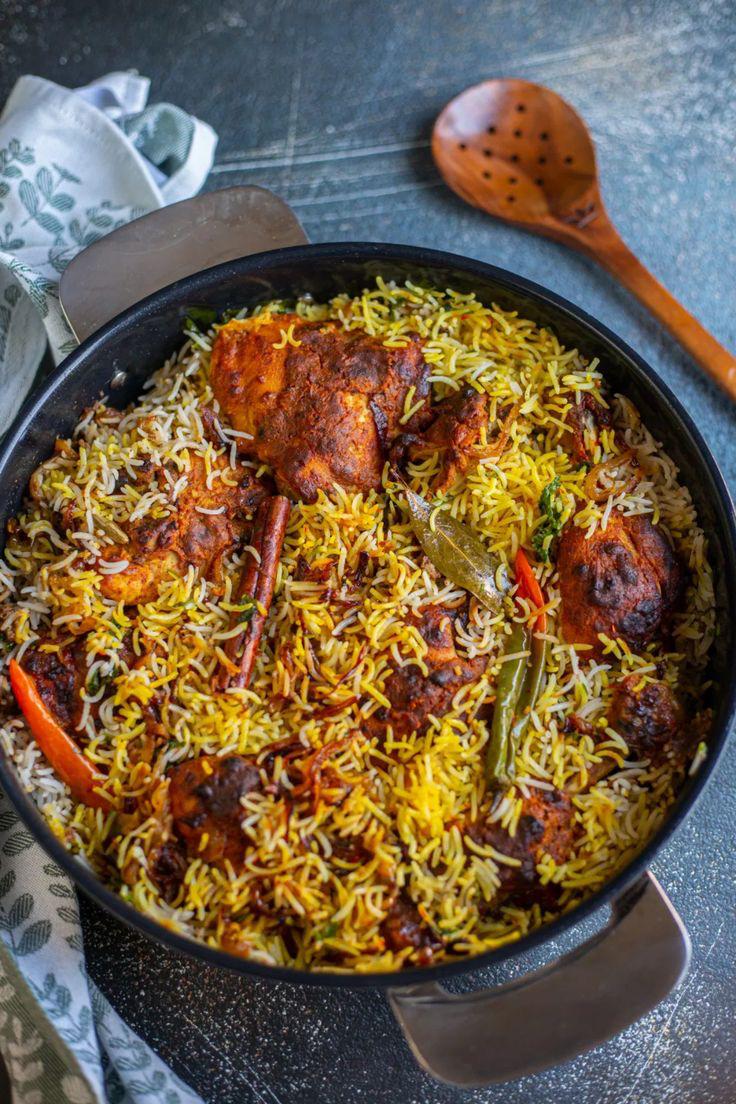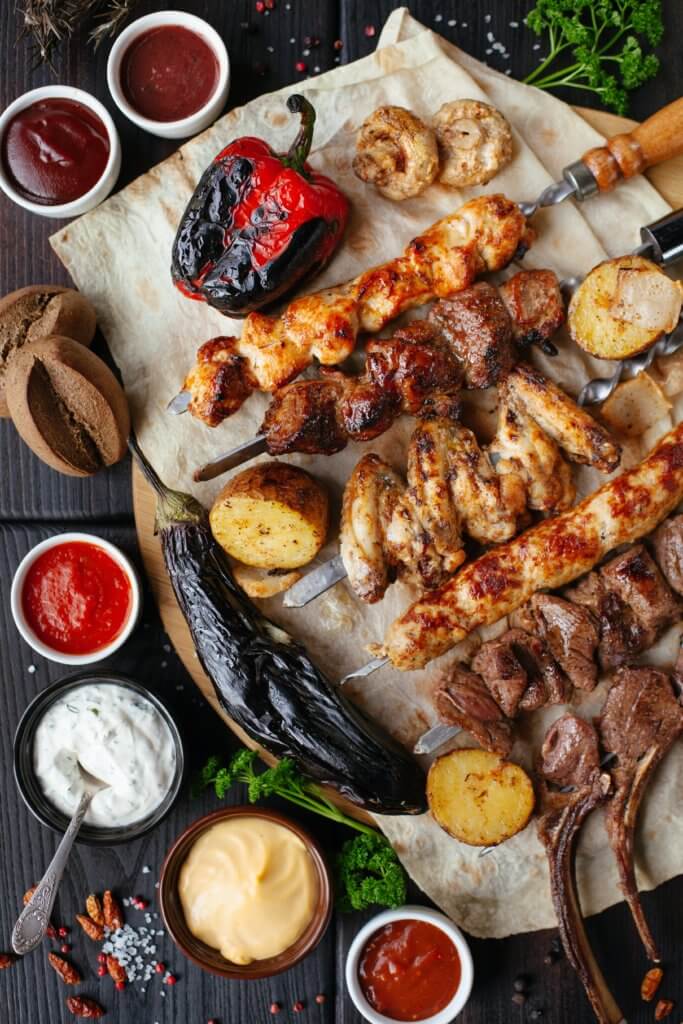-
Blog &
Read our articles

In Sep 18, 2023
The Story of Biryani: South Asia's Favourite Rice Dish
Biryani, a fragrant and flavourful rice dish that has captured the hearts and taste buds of millions, is a beloved culinary masterpiece in South Asia. With its rich history and diverse variations, biryani has evolved into a symbol of culture, tradition, and celebration. This blog post takes you on a journey through the origins, cultural significance, and regional diversity of biryani.
The origins of biryani can be traced back centuries, to the royal kitchens of the Indian subcontinent. It is said to have been born out of a desire to create an exquisite dish that combined aromatic spices with tender meat and perfectly cooked rice. The word "biryani" is believed to have been derived from the Persian word "birinj," meaning rice, and "biryan," which means to fry or roast. This etymology reflects the cooking process where rice and meat are sautéed together before being slow-cooked.
Biryani isn't just a dish; it's a cultural phenomenon. In South Asian countries like India, Pakistan, Bangladesh, and Sri Lanka, biryani is associated with celebrations, feasts, and special occasions. It has a unique way of bringing people together, symbolizing the essence of unity and shared joy. Whether it's weddings, festivals, or family gatherings, biryani holds a special place on the menu and in the hearts of people.
As biryani traveled across different regions, it absorbed the essence of local cuisines, resulting in a wide array of regional variations. Some of the most notable types of biryani include:
Hyderabadi Biryani
Rich and opulent, this biryani from Hyderabad is known for its fragrant basmati rice, succulent meat (often goat or chicken), and the perfect balance of spices. It's traditionally cooked in a dum style, where the pot is sealed with dough to trap flavours.
Lucknowi Biryani
Originating in the city of Lucknow, this biryani is known for its delicate flavours and the use of tender meat, such as mutton or chicken. It's often layered with saffron-infused rice and slow-cooked until the flavours meld together.
Kolkata Biryani
A unique blend of biryani and pulao, the Kolkata biryani features aromatic rice, potatoes, and a choice of meat—typically goat or chicken. What sets it apart is the use of potatoes and a touch of sweetness
Sindhi Biryani
Hailing from the Sindh region, this biryani is characterised by its vibrant colors and the inclusion of aromatic spices. It often includes layers of marinated meat, rice, and fried onions.
Malabar Biryani
The Malabar region offers a version with a strong Arab influence. It's made with fragrant rice, meat, and is flavoured with spices like nutmeg and mace.
Biryani's journey from the royal kitchens to the hearts of people is a testament to its enduring appeal. With its intoxicating aroma, vibrant flavors, and the ability to unite communities, biryani is much more than a dish—it's a cultural legacy. As South Asia continues to celebrate its diversity through food, biryani stands tall as a symbol of culinary artistry and shared experiences. So, the next time you savor a plate of biryani, remember that you're indulging in a piece of history that has been lovingly passed down through generations.

Latest

In Solidarity with the Children of Palestine: A Call for Compassion and Peace

Embracing Diversity: The Surge in Brands Offering Halal Products

Navigating the Evolving Landscape of Halal: A Shifting Definition for Muslim Grocery Shoppers

A Must-Visit Halal Haven for Foodies and Instagram Enthusiasts
